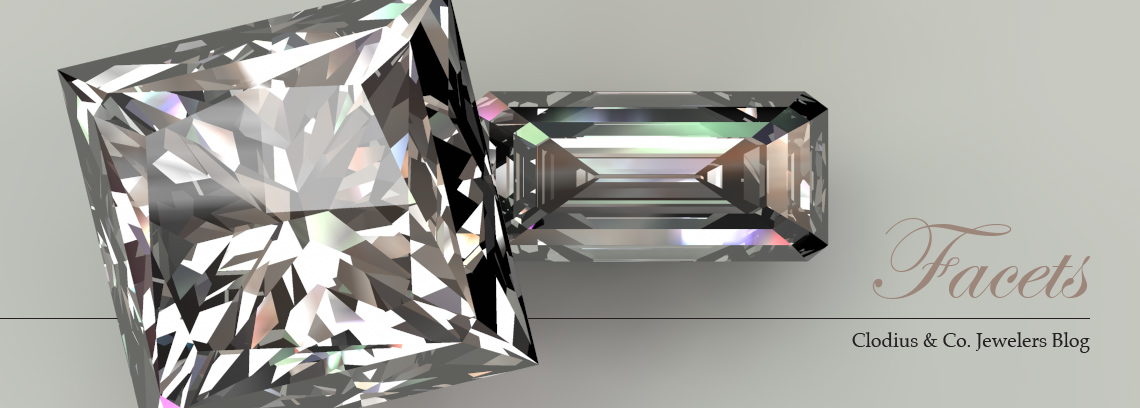Jewelry Blog Rockford, IL
Gold Coin That Shouldn't Have Seen the Light of Day Fetches $18.9MM at Sotheby's June 16, 2021
A Depression-Era $20 gold coin that wasn’t meant to see the light of day became the world's most valuable coin last week when it was scooped up by an anonymous bidder at Sotheby's New York for a cool $18.9 million.
Although 445,500 Double Eagle gold coins were struck by the Philadelphia Mint in 1933, none of them were intended for circulation. In the midst of The Great Depression and faced with a banking crisis that spooked consumers into hoarding gold, the federal government outlawed the possession of gold coins.

President Franklin D. Roosevelt insisted that all Double Eagle coins — except for two museum specimens — were to be melted into gold bars.

Two of the beautiful coins had been set aside to be part of the National Numismatic Collection and one additional coin eventually turned up in the collection of King Farouk of Egypt, who had obtained it in 1944. More recently, the U.S. government confiscated 10 Double Eagles discovered by a Philadelphia family at the bottom of an old safe deposit box in 2003. Those Double Eagles are now in the hands of the National Mint.
When King Farouk was deposed in 1952, many of his possessions were liquidated at auction, including his prized 1933 Double Eagle.
The Farouk coin remained under the radar until 1996, when it resurfaced in the possession of British coin dealer Stephen Fenton. He was arrested by U.S. Secret Service agents at the Waldorf-Astoria Hotel in New York as part of a sting operation. Fenton testified that the 1933 Double Eagle was from the Farouk collection and the charges against Fenton were subsequently dropped. The case was settled in 2001 when the defendant agreed to relinquish ownership to the U.S. government and the coin could be sold at auction.
In 2002, the coin was sold to a then-anonymous bidder at a Sotheby’s auction for $7.59 million. We've since learned that the winning bid was cast by luxury shoe designer Stuart Weitzman.
Last week, the only privately owned, legally obtained 1933 Double Eagle set a new auction record at a hammer price that was more than double what the 79-year-old designer paid 19 years ago. Sotheby's had estimated that the coin would sell in the range of $10 million to $15 million.
The design for the $20 Double Eagle was the work of famous sculptor Augustus Saint-Gaudens, who chose an advancing figure of Liberty for the obverse and a flying eagle on the reverse. The coin was nicknamed “Double Eagle” because $10 coins at that time were called “eagles.”
Along with the Double Eagle, Weitzman also offered two other high-profile items for sale at Sotheby's. One was a grouping of four famously misprinted stamps called the “Inverted Jenny," which fetched $4.9 million, and a rare stamp called the 1856 British Guiana One-Cent Magenta, which sold for $8.3 million.
Weitzman told news agencies that he will use the proceeds from the three items to help fund his charitable ventures.
Credits: Images courtesy of Sotheby's.
About the Author
With over 250 years of combined experience, our staff truly understands why you purchase jewelry, and what it means to you. Clodius & Co. is known as Rockford's custom jeweler and more. Why? Because we like to get acquainted with our customers while we help them select or create their jewelry.
Other Recent Blog Entries
Gift with Purchase – A Special Valentine’s Offer
New Year, New Jewels: Start 2025 with Sparkling Style
The Enchanting World of Peridot: Discover Its Unique Beauty at Clodius & Co.
Honoring Independence Day with Clodius & Co Jewelry
Celebrate Mother's Day in Style: Inspiring Gift Ideas from Clodius & Co.
Diamonds Unveiled: A Comprehensive Guide to Understanding Diamonds with Clodius & Co.
















